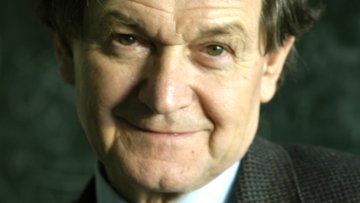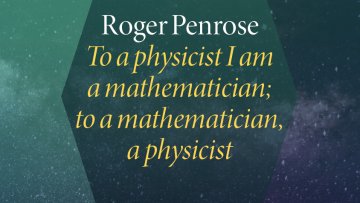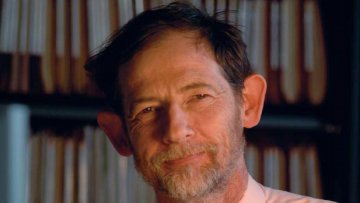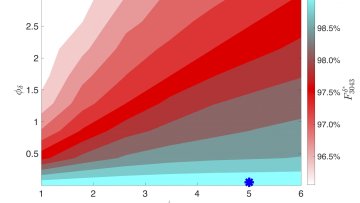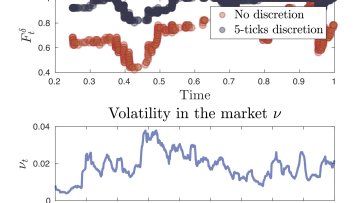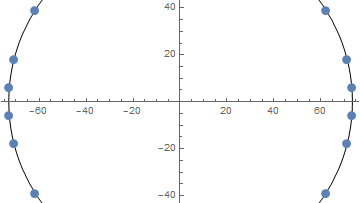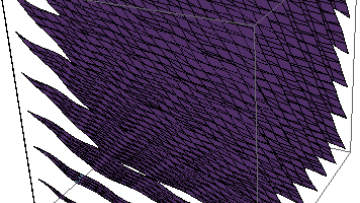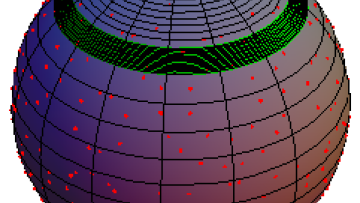Least-Squares Padé approximation of Helmholtz problems with parametric/stochastic wavenumber
Abstract
The present work concerns the approximation of the solution map associated to the parametric Helmholtz boundary value problem, i.e., the map which associates to each (real) wavenumber belonging to a given interval of interest the corresponding solution of the Helmholtz equation. We introduce a single-point Least Squares (LS) rational Padé-type approximation technique applicable to any meromorphic Hilbert space-valued univariate map, and we prove the uniform convergence of the Padé approximation error on any compact subset of the interval of interest that excludes any pole. We also present a simplified and more efficient version, named Fast LS-Padé, applicable to Helmholtz-type parametric equations with normal operators.
The LS-Padé techniques are then employed to approximate the frequency response map associated to various parametric time-harmonic wave problems, namely, a transmission/reflection problem, a scattering problem and a problem in high-frequency regime. In all cases we establish the meromorphy of the frequency response map. The Helmholtz equation with stochastic wavenumber is also considered. In particular, for Lipschitz functionals of the solution, and their corresponding probability measures, we establish weak convergence of the measure derived from the LS-Padé approximant to the true one. Two-dimensioanl numerical tests are performed, which confirm the effectiveness of the approximation method.As of the dates
Joint work with: Francesca Bonizzoni and Ilaria Perugia (Uni. Vienna), Davide Pradovera (EPFL)


